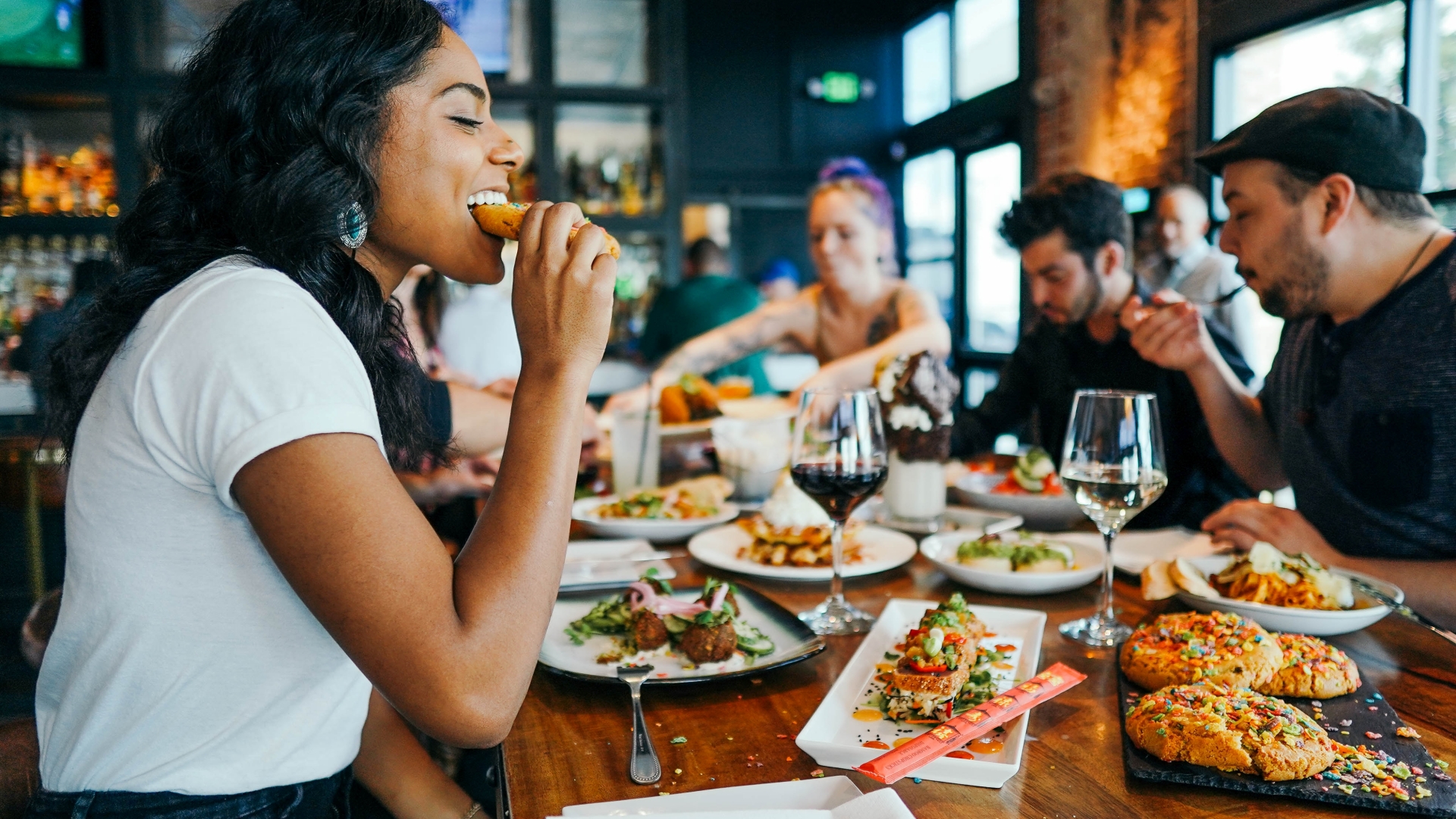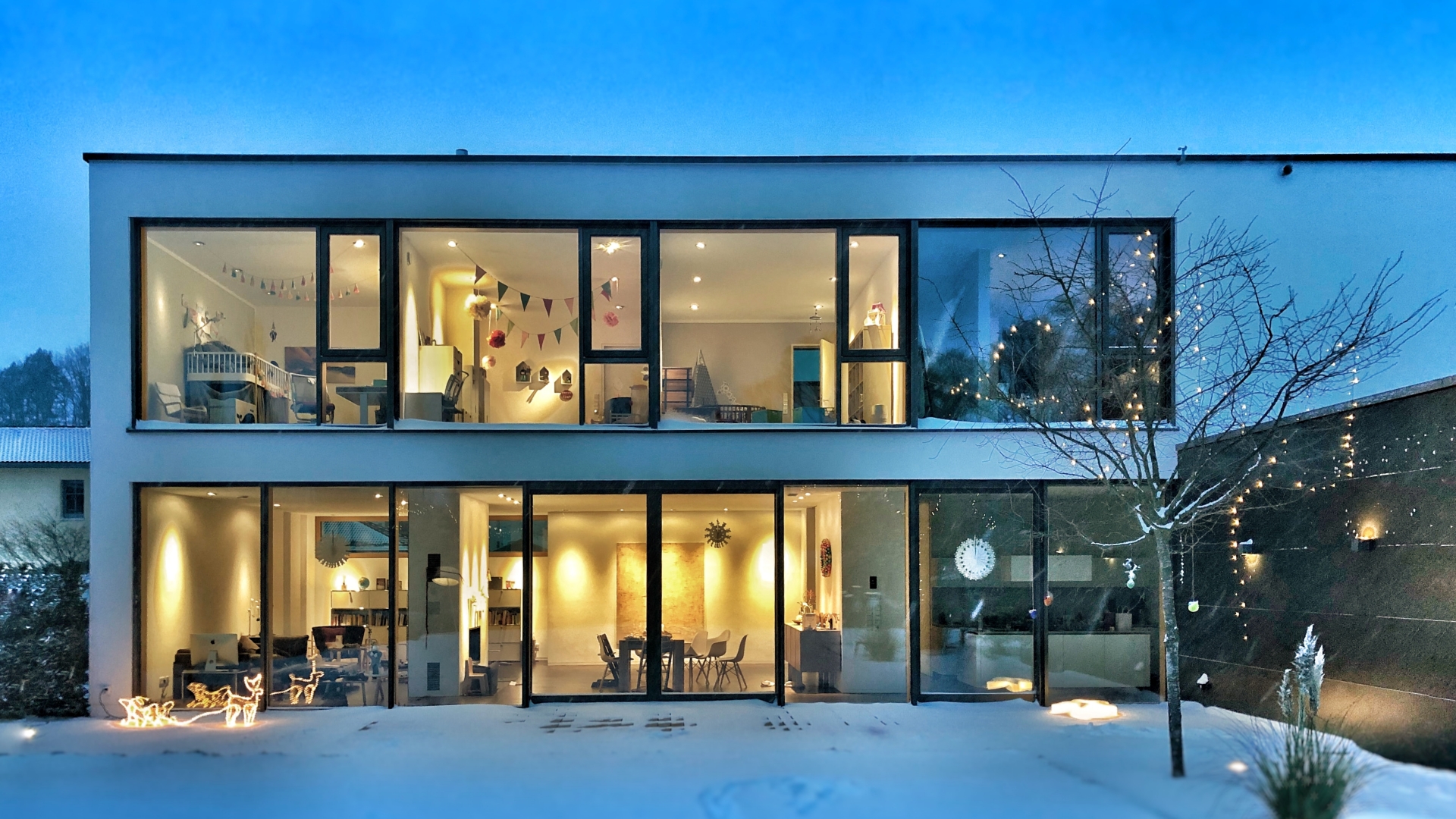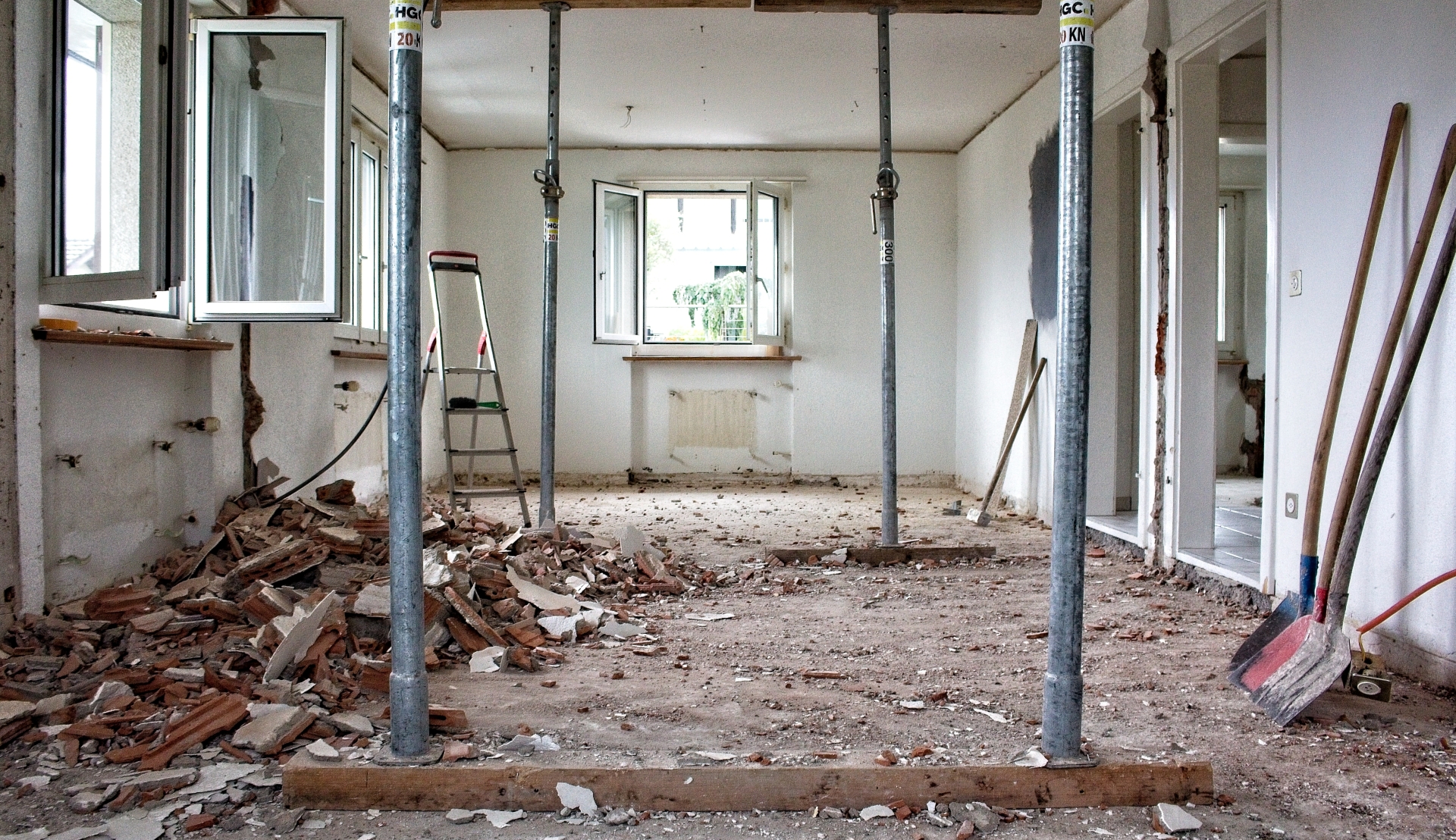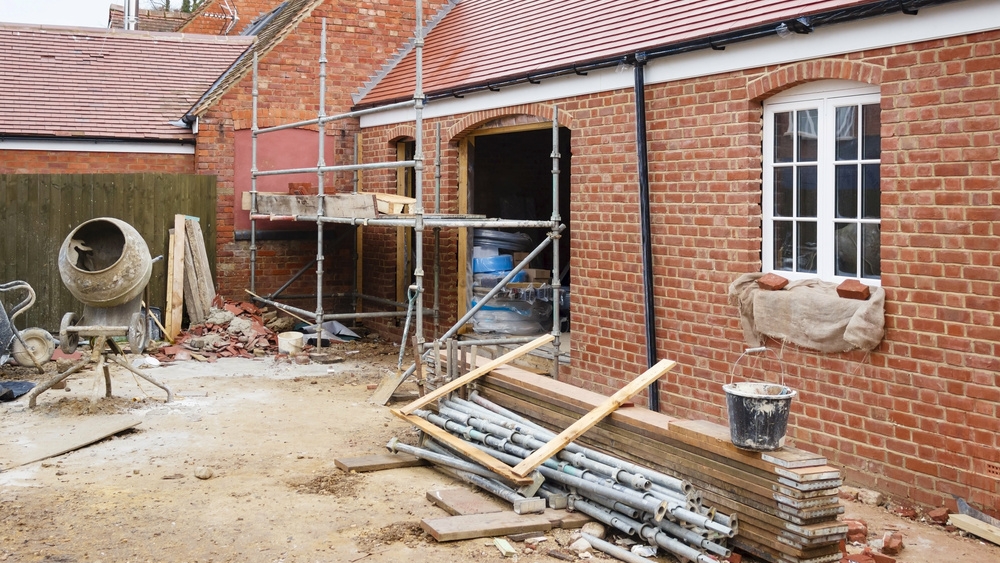The culinary scene is often the pulsing heart of any city.
Not only do restaurants leave guests with a full tummy, but a smile and cherished memories too.
A restaurant’s concept design is at the heart of this experience.

It’s about so much more than aesthetics! Your restaurant’s design will impact customer experience, brand identity, and even the operational efficiency of your establishment.
So, let’s delve deeper and look at the key elements of restaurant concept design.
What do we mean by ‘restaurant concept’ design
There’s no need to overcomplicate things here! A restaurant concept is simply the overall theme or idea that defines your restaurant.
Your concept should include:
- Style of food
- Dining room decor
- Service style
- Menu design
A lot of restaurants base their concept on the personal experiences or interests of the chef.
Your journey starts with restaurant financing
Before you craft your menus and set the tables, the design journey begins with financing.
A clear, innovative, and feasible concept design can significantly enhance the chances of securing the restaurant financing you need.
It’s vital to plan costs associated with ambiance, furniture, and kitchen equipment to avoid budget overruns.
Proper financial planning ensures you achieve your envisioned design without compromising on quality or essentials.
Choose design software
You can use the likes of 3D home design software to try different layouts and see what various pieces of furniture look like in your restaurant.
This technology allows designers, architects, and restaurant owners to visualize the final product. You can make necessary changes in real-time, and ensure everyone is aligned with the vision.
Software like this ensures you don’t waste time or money on furniture pieces or elements that don’t work.
Key elements of restaurant concept design
Now that you’ve secured financing and selected the best design software, it’s time to look at the key elements of restaurant concept design so you can get a better understanding.
1. Theme and atmosphere
A well-executed theme can teleport diners to the rustic Italian countryside, a bustling Tokyo street, or even a whimsical fairytale forest.
The atmosphere then acts as the glue that binds your theme. It ensures every element sings in harmony.
Selecting a theme that aligns with the target audience
Every restaurant aims to resonate with a certain audience, be it millennials looking for Instagram-worthy spots, couples desiring a romantic escape, or travelers wanting a taste of local culture.
A theme in sync with the target audience often ensures:
- Repeat visits ✅
- Word-of-mouth marketing ✅
- Enhanced brand loyalty ✅
Tip: Engage with potential customers, perhaps through surveys or focus groups, to gauge what themes resonate with them. Dive deep into their preferences, aspirations, and dining behaviors.

Creating a cohesive atmosphere
Once a theme is selected, every design element should be a chapter of the story it narrates.
Everything needs to echo your chosen theme. We’re talking about your color palette, materials, artwork on the walls, and even the patterns on your curtains.
The role of music and lighting
Music and lighting aren’t just atmospheric elements; they breathe life into the theme.
The hum of a jazz tune can instantly transport diners to a bygone era, while the glow from lanterns can recreate the magic of a Middle-Eastern bazaar.
2. Menu and cuisine
While the ambiance sets the stage, the menu plays the lead.
If your menu doesn’t entice and delight, diners aren’t going to spend their hard-earned cash with you.
While staying true to your theme is vital, don’t overlook the importance of variety. This ensures a broader appeal.
For instance, an Italian trattoria might predominantly serve traditional dishes but can also experiment with fusion recipes, catering to diverse palates.
Also, regularly update the menu based on seasonality, customer feedback, and culinary trends.
This keeps the offerings fresh and encourages repeat visits.
3. Space planning and layout
Don’t underestimate just how important space planning is. Don’t purely think about it from a practical and profit perspective. Consider it from an experience perspective too.
It isn’t only about placing tables and chairs but about choreographing moments that customers will remember.
Open vs. traditional kitchens
Modern design trends lean towards open kitchens, a stage where chefs become performers, transforming raw ingredients into culinary masterpieces right before diners’ eyes.
This transparency can foster trust, as customers appreciate seeing the cleanliness and skill involved in meal preparation.
Meanwhile, traditional secluded kitchens provide an air of mystery, with dishes appearing as if by magic, leaving diners curious about the behind-the-scenes action.
Each approach has its own set of merits, depending on the intended atmosphere of the restaurant.

Efficient space use
Navigating a restaurant shouldn’t feel like solving a maze.
Efficient space planning ensures that there is a seamless flow from the entrance to the seating areas and the restrooms.
This doesn’t just minimize potential chaos during peak hours but enhances the overall dining experience.
Here are some tips to help you out:
- Zoning – Create clear zones for different activities. For instance, a lounge area for waiting, a main dining zone, and possibly a private dining section for larger groups or special occasions.
- Aisle space – Ensure aisles are broad enough for staff to move freely, especially when carrying trays. This not only helps in faster service but reduces the chance of an accident.
- Visibility – Whether you have an open kitchen or not, ensuring diners can easily catch the attention of staff is crucial. Avoid creating hidden spots where diners feel isolated or ignored.
Maximize customer interaction
Space planning isn’t purely about physical logistics. It’s about creating opportunities for interaction among your guests.
Communal tables, for instance, can encourage conversations among solo diners.
Or, what about a chef’s table? Diners can interact directly with the chef, which provides a unique and memorable experience.
Adaptability
While a fixed layout provides consistency, having movable partitions or adaptable seating can allow for flexibility.
This is especially useful for accommodating larger groups or hosting private events.
4. Branding and identity
A strong brand identity delves deep, capturing the spirit of the restaurant and echoing it in every interaction.
Your brand’s visual elements – i.e. your logo, color palette, and typography – should be harmonized with your restaurant’s concept.
Bringing the online and offline world together
There’s no denying that we live in a digital world. So, diners will often engage with a restaurant’s brand across many platforms, from social media and websites to physical menus and billboards.
Ensure a consistent brand language across these touchpoints to solidify your brand image.
5. Staff training and presentation
An excellent dining experience is not just about food and ambiance. The staff play a pivotal role, acting as the ambassadors of your concept.
Their knowledge, presentation, and service style can elevate the dining experience.
Every member of the staff, from the host to the waiter, should be well-versed in your restaurant’s concept and ethos.
Your staff’s appearance must also be in harmony with your restaurant’s theme.
The dress code you select is a visual extension of your brand, whether you run a beach cafe or an upscale bistro.

6. Technology integration
Integrating technology is no longer an option; it’s a necessity!
Not only does it streamline operations, but it can take your dining experience to new heights when aligned with your concept.
Integrate technology for reservations, orders, and payments
Digital solutions for reservations, ordering, and payments will speed up processes – simply a must to modernize your restaurant.
Tip: Choose platforms that are user-friendly. Make sure you can integrate them with other essential systems, like inventory or CRM.
Benefit: Seamless tech integrations reduce wait times, minimize errors, and elevate the overall dining experience.
Use digital menus and interactive displays
Digital menus offer more than just a list of dishes. They can be interactive, providing details on ingredients, origin stories, or even preparation videos.
Example: A sustainable eatery could have a QR code menu that showcases the local farmers who sourced the ingredients.
Tip: Keep user experience in mind. Ensure integrations are intuitive and add value, not complexity!
Leverage social media and online platforms
Digital platforms can act as virtual extensions of your restaurant, narrating your story to a global audience.
Tip: Create content that’s authentic. Behind-the-scenes videos, chef interviews, or diner testimonials can resonate deeply with the online community.
Benefit: Active and authentic online engagement can drive footfall, boost brand loyalty, and open avenues for feedback.
Sustainability and environmental considerations
We’re living in an increasingly eco-conscious world. Sustainability is no longer a buzzword; it’s a responsibility.
Restaurants embracing this not only contribute positively to the planet but also resonate with a growing tribe of environmentally-aware diners.
Every sustainable step, from sourcing locally to minimizing waste, should be in sync with the restaurant’s ethos.
8. Flexibility and adaptability
While consistency is vital, adaptability ensures longevity in the dynamic world of gastronomy.
Spaces, menus, and decor that can evolve with changing trends and seasons ensure the restaurant remains relevant and refreshing.
Design a winning restaurant concept design & take the industry by storm
We hope that you now feel more confident in creating a standout restaurant concept design.
A successful restaurant cannot simply rely on culinary mastery. You need to craft a memorable experience.
Whether you’re an aspiring restaurateur or you’re looking to expand your portfolio, understanding these eight key elements will add layers to the dining experience.














